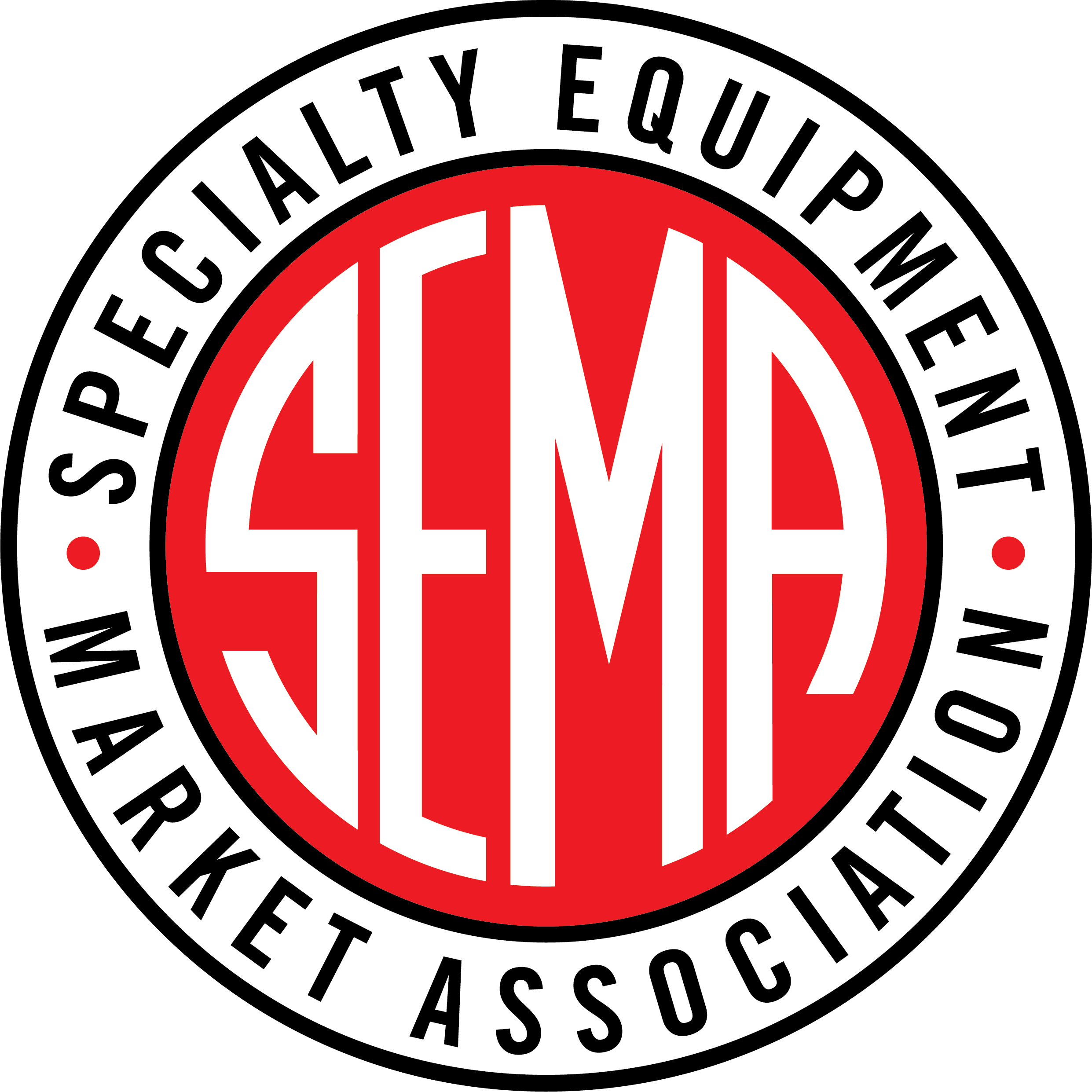FOR IMMEDIATE RELEASE
April 27, 2009
Media Contact: Della Domingo
909/396-0289, ext. 130
dellad@sema.org
-- Findings Confirm that Standardization Increases Operational Efficiencies and Sales --
DIAMOND BAR, Calif. -- (April 27, 2009) – SEMA’s Business Technology Committee (BTC) has completed the second phase of its data pilot program, which involves SEMA manufacturers and their warehouse distributor trading partners. The findings confirm that non-standardized and vital missing product data between suppliers and distributors results in lost sales opportunities, ordering delays, excess inventory and expensive order processing errors.
In Phase II of the three-part program, SEMA obtained data requirements from key industry warehouse distributors, mail order companies and retail data receivers. These companies identified their most important trading partners, who were then invited to participate in an expanded data cleansing, standardization and synchronization project. As a result, product data from all 19 participating suppliers was cleansed and synchronized with their receivers. In the end, SEMA was able to sync up 5 distributors with 19 of their validated product lines, for a total of 46 alignments. White papers summarizing Phase I and Phase II of the SEMA Data Pool Pilot Program have been published at www.sema.org/btc.
“These Phase II findings make it clear to these SEMA industry participants that even small gains in efficiency can translate into substantial savings and increased sales,” said Alan Dicker, SEMA’s director of business technology. “We are confident there will be substantially greater benefits for the entire marketplace once most supply chain participants begin trading standardized product information.”
The SEMA Data Pilot Program was created in August 2006 to jumpstart the process of sharing data between a group of SEMA manufacturers and their warehouse distributor trading partners by helping them gather their data to make it standards-compliant. The program’s overall goal is to create a standardized industry data pool by facilitating the validation and synchronization of the data files used by small, medium and large manufacturers and distributors. Studies in other aftermarket segments had shown that incomplete, non-standardized and unsynchronized data, resulted in excess costs of 1.7% of sales.
Among other Phase II key findings:
- Data requirements were acquired and compared from five of the top warehouse distributors and retailers in the industry and a set of required product data fields was developed
- The product information from 19 of the largest manufacturers in the industry was validated to the PIES standard
46 instances of complete product information synchronization between suppliers and distributors were accomplished - A number of necessary changes to the standards have been identified and suggested to the standards body
Benefits from the Phase II process:
For Manufacturers:
- Manufacturers are now able to convey information for thousands of products previously unknown to their warehouse distributor trading partners, resulting in a greater opportunity for increased sales
- Invoice reconciliation time will be reduced as a result of synchronization
- Accurate recommended jobber pricing increases customer satisfaction
- The single Product Information Exchange Standard (PIES) eliminates the need for multiple output formats. In many cases these manufacturers have created a product data file that can be shipped at a moment's notice to other trading partners.
- New products can be introduced to the market in a fraction of the time used in past practice.
For Distributors and Retailers:
- Discovered thousands of parts in their systems that don't actually exist reducing confusion internally and increasing customer satisfaction
- Invoice reconciliation time will be reduced as a result of synchronization
- Discovered thousands of parts that they hadn't previously known existed, resulting in an opportunity for increased sales.
About SEMA
SEMA, the Specialty Equipment Market Association founded in 1963, represents the $38.1 billion specialty automotive industry of 7,358 member-companies. It is the authoritative source for research, data, trends and market growth information for the specialty auto parts industry. The industry provides appearance, performance, comfort, convenience and technology products for passenger and recreational vehicles. For more information, contact SEMA at 1575 S. Valley Vista Dr., Diamond Bar, CA 91765, tel: 909/396-0289, or visit www.sema.org and www.enjoythedrive.com.
###
